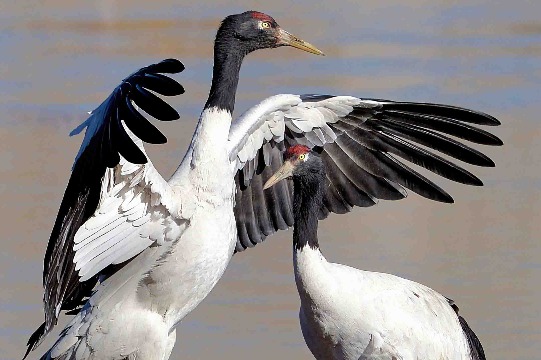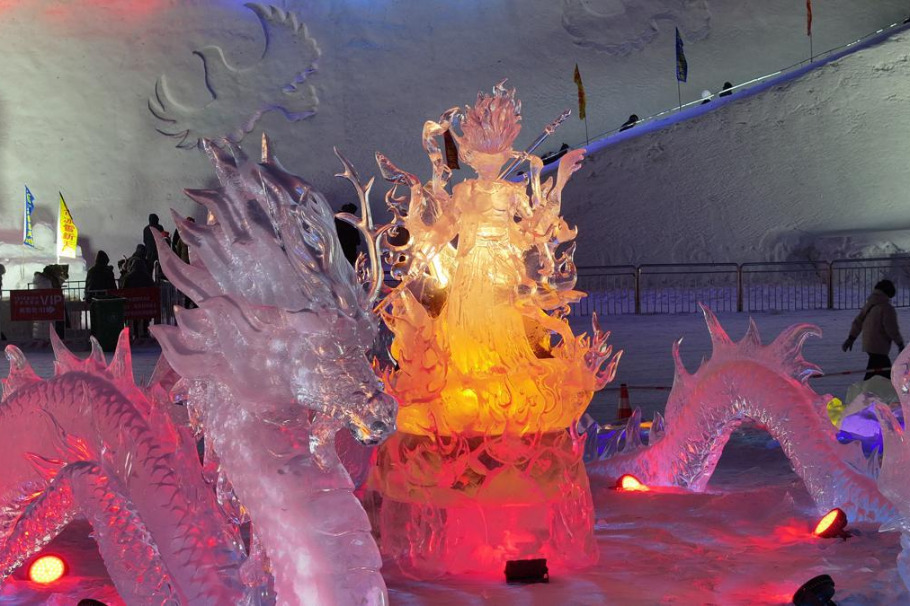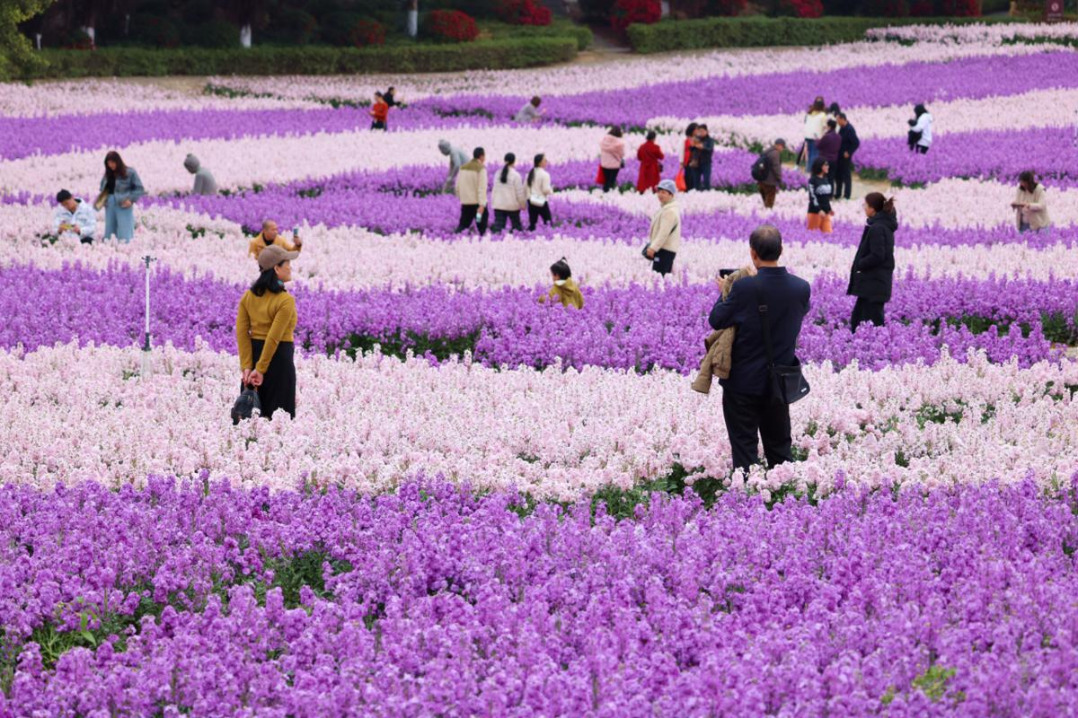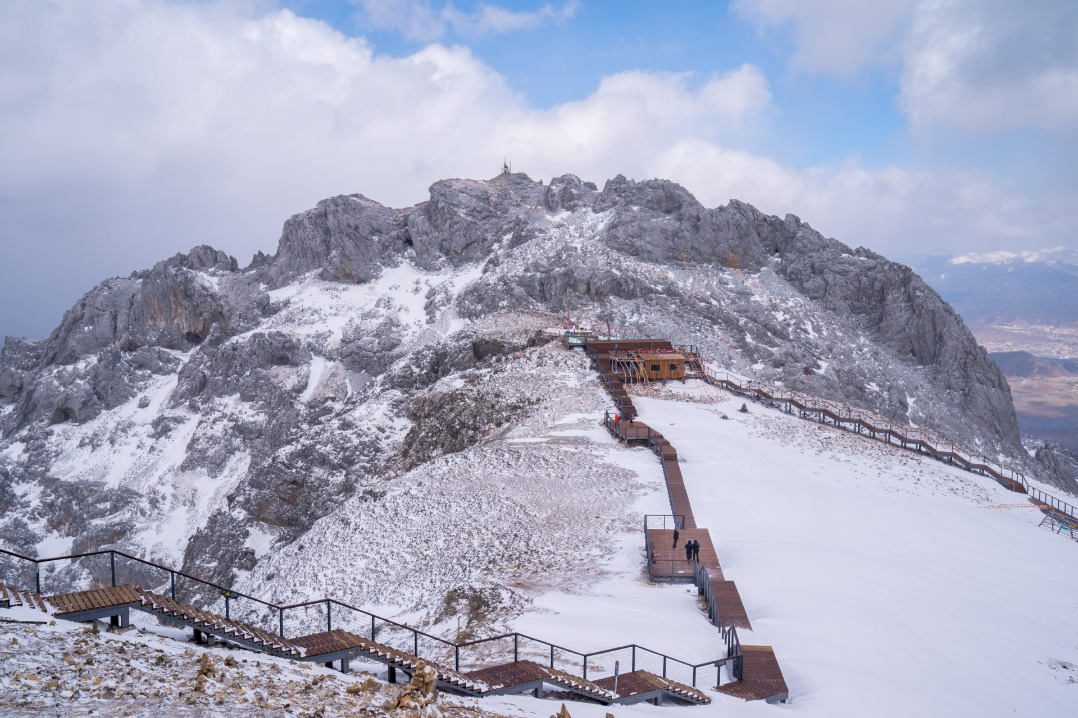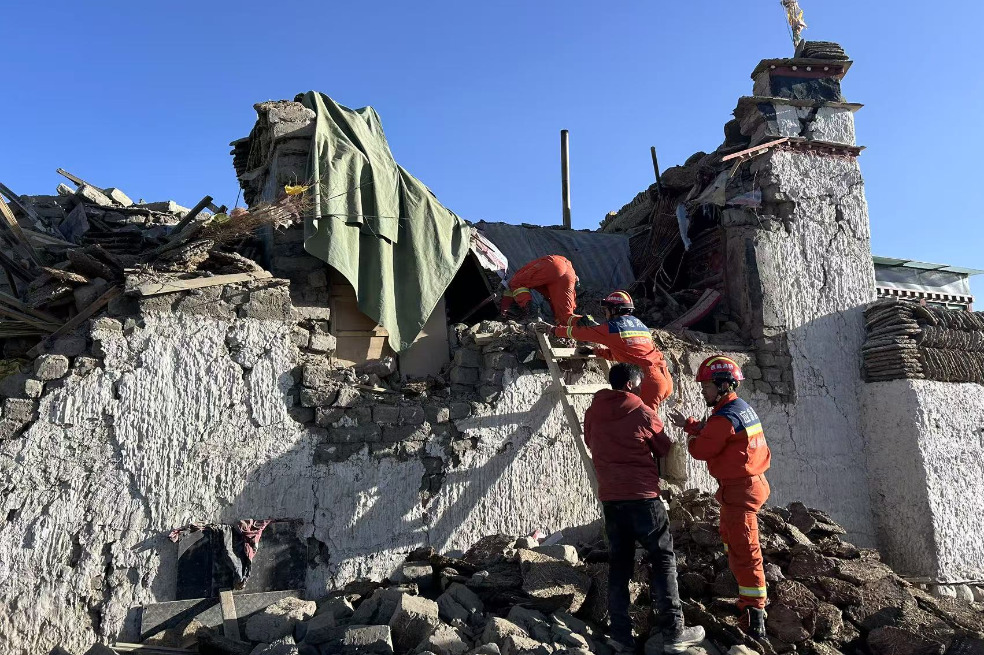Rise in temperatures signifies regular seasonal transition, meteorologists say

A recent spike in temperatures across large parts of China, described as a "bad warm-up" on social media platforms, is a normal transitional phase between winter and spring, weather experts said.
The warm weather, which began this week and will last until early March, will affect much of China, with some areas expected to see temperatures increase by 10 C. Southern regions such as Yunnan province and parts of the Guangxi Zhuang autonomous region will see temperatures soar above 30 C, according to the National Meteorological Center.
In North China areas such as Beijing, temperatures are forecast to reach 16 C by Feb 28, which would be the highest recorded temperature of the year seen in the city.
Zhang Tao, chief forecaster of the NMC, said the unusual warmth is caused by a warm ridge moving eastward, as well as stronger southerly winds pushing warm air northward.
The warming trend is a typical weather pattern at the turn of the seasons, signifying the arrival of spring, Zhang said.
The fluctuation between warm and cold is typical for this time of year.
"The transition from winter to spring is marked by volatile temperature changes, with cold fronts quickly followed by warm spells," Zhang said.
Comparing this event with historical weather patterns, Zhang said the temperatures in regions such as South China are among the highest recorded for this time of year, but the warming does not surpass past extremes.
"It's far from an abnormal event," he said.
Despite the current warmth, another cold front is expected to arrive in early March, bringing a sharp drop in temperatures.
Between March 1 and 3, a powerful cold air mass is set to impact much of the country, reducing temperatures by 6 to 10 C in many areas, with some regions experiencing drops of up to 14 C, according to the NMC.
Zhang said the upcoming cooling should not be considered a "cold spring", a term usually reserved for unseasonably cold weather later in the spring, but rather a normal and short-lived weather pattern.
One of the key concerns about the warmer weather is its potential effects on human health and agriculture as the rapid temperature shifts could cause discomfort for individuals, especially those who struggle to adjust to the changes.
Moreover, the warm spell could trigger premature plant growth, only for the cold front to potentially damage sensitive crops.
In response to that, Zhang said though the warming is significant, it won't harm human health if people stay informed and adjust their clothing accordingly.
It's not a sudden warmth, but rather a gradual rise in temperature over several days, he added.
In addition, the warm temperatures could benefit winter wheat and early rice cultivation, according to the NMC. However, experts warned that the increased moisture from expected rainfall might lead to challenges, including the risk of waterlogging and disease in crops and vegetables in some regions.
Farmers are advised to monitor local conditions and take appropriate measures to protect their crops.
- Rise in temperatures signifies regular seasonal transition, meteorologists say
- Village official recalls earthquake aftermath
- Book encapsulates legacy of cross-Strait family bonds
- Efforts strengthened to protect trademarks
- Mountainous town sees future in drone industry
- China's skilled workers impress on world stage

















